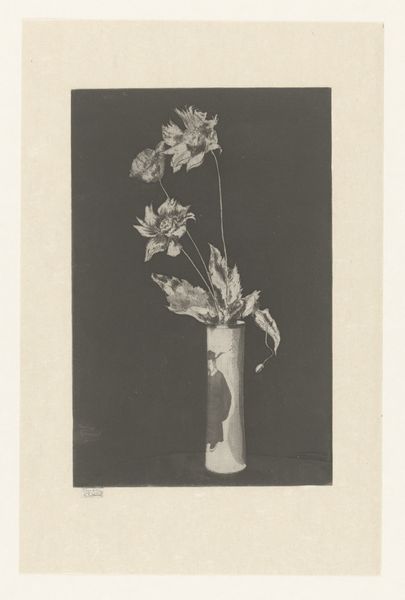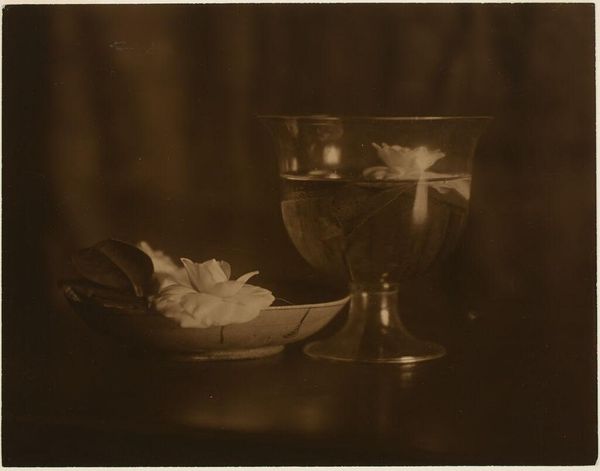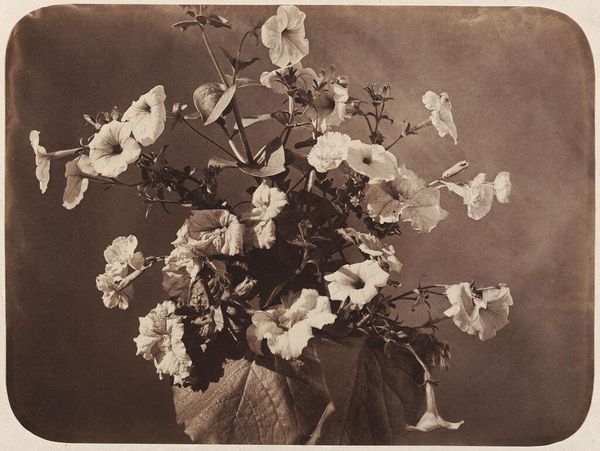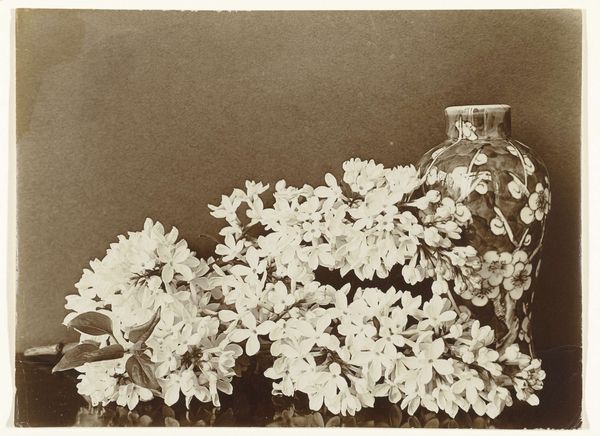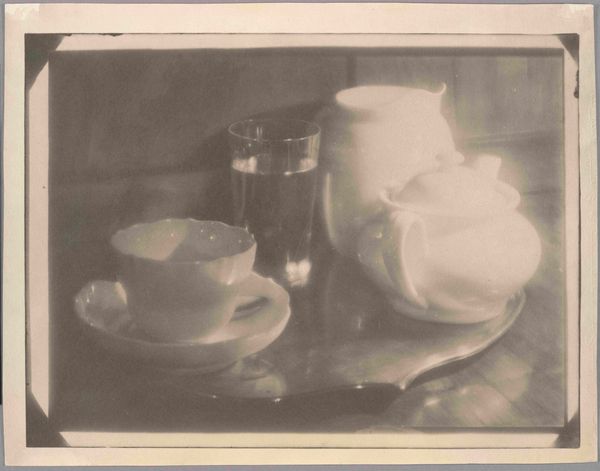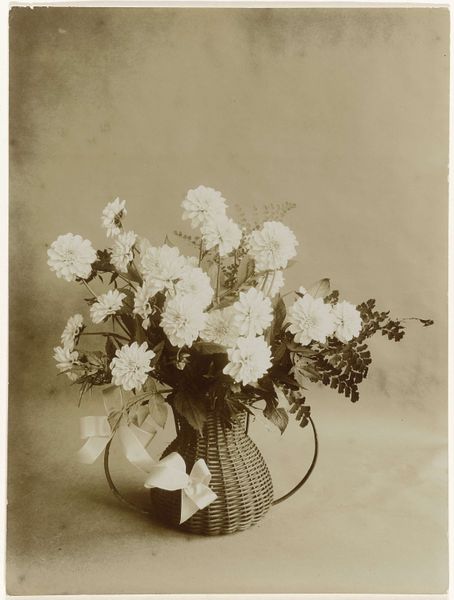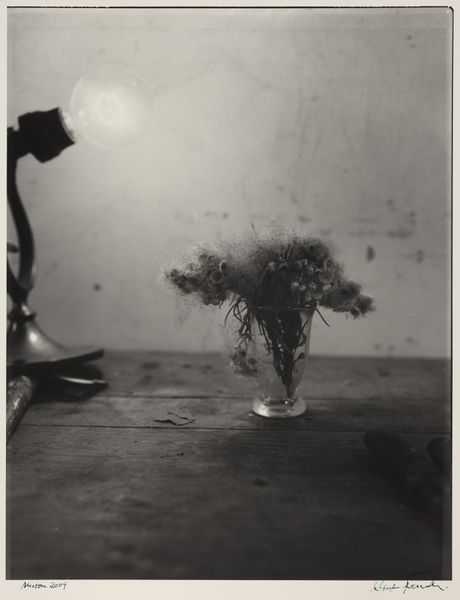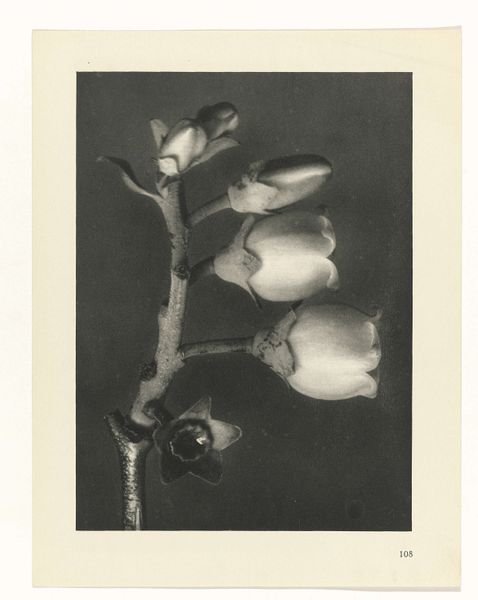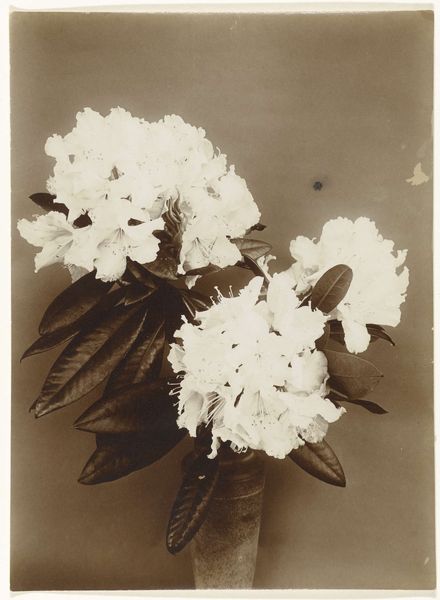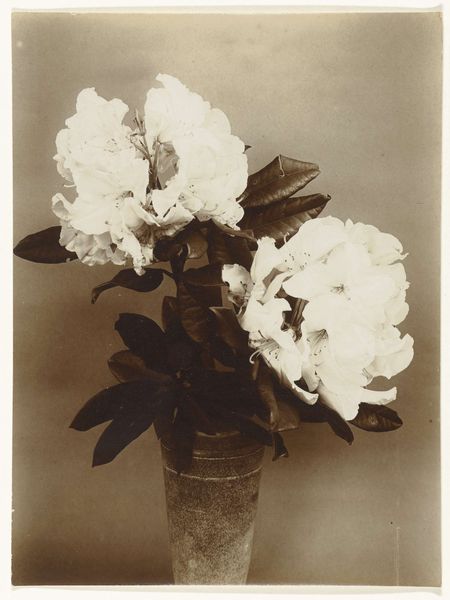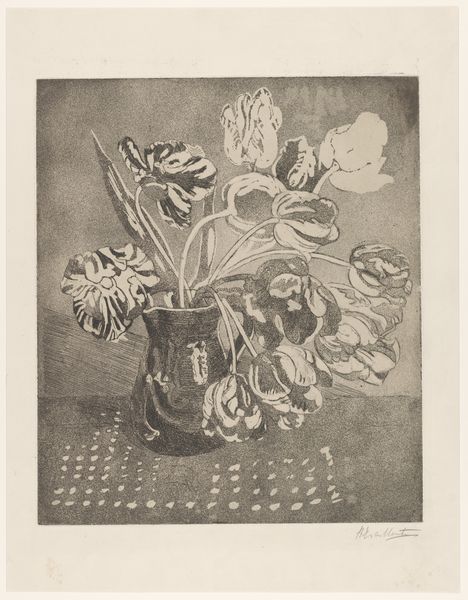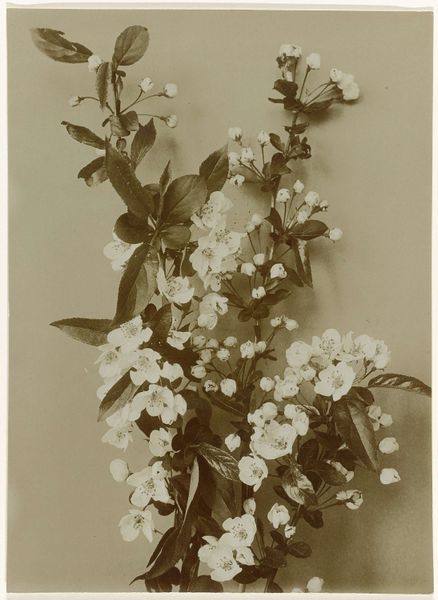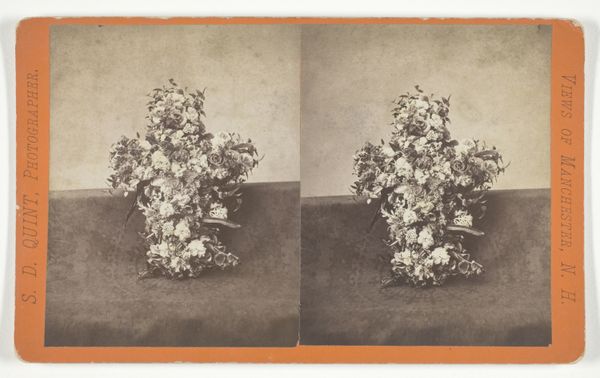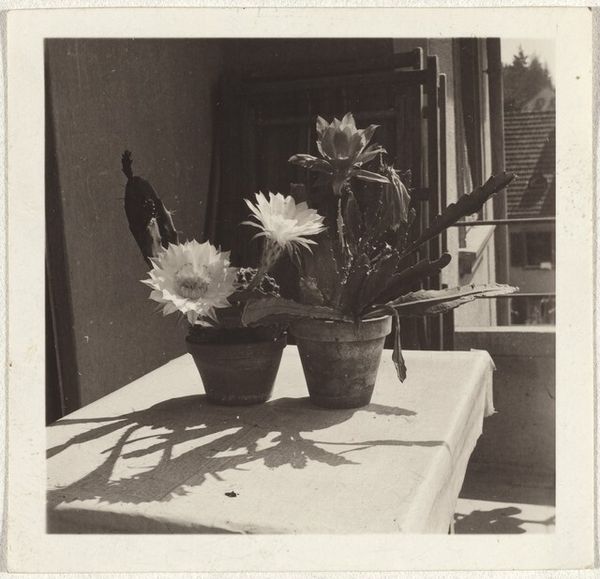
paper, photography
#
pictorialism
#
paper
#
archive photography
#
photography
#
historical photography
Dimensions: height 155 mm, width 212 mm
Copyright: Rijks Museum: Open Domain
Editor: So, this is "Still Life with Plant and Crochet Work" by Richard Tepe, made sometime between 1900 and 1930. It’s a photograph, a print on paper, and it just exudes a kind of quiet domesticity. The sepia tones and the simple composition are really striking. What do you see in this piece? Curator: What I see… ah, well, it's like stepping back into my grandmother's parlor. Tepe captures a stillness that goes beyond the objects themselves. The plant, the crochet, the unfinished work… it’s a whisper of life, isn't it? Almost haunting. It speaks of a slower time, perhaps a hidden world of creation. Doesn't it almost feel like we're intruding on someone's private moment? Editor: It does. I was also wondering about Tepe's choice to shoot it this way? Does it reflect a specific movement? Curator: Absolutely! You're right to pick up on that. It hints towards Pictorialism, a movement which sought to elevate photography to the level of art through soft focus and atmospheric effects. It makes me wonder, what was he trying to convey about everyday life by immortalizing it in this gentle, painterly style? Was it a gentle statement against modernity, I wonder? Editor: So, it’s more than just a snapshot; it's a deliberate artistic choice to represent domestic life in a more idealized way? Curator: Exactly! Tepe is inviting us to not just look, but *feel* the gentle beauty within these commonplace scenes. It's in the delicate shadow play, in the texture of the crochet. Photography becomes painting, documenting morphs into dreamy symbolism. And it gets you thinking, doesn't it? Editor: Definitely! I never considered how much intention goes into creating such a seemingly simple image. Curator: Isn't that the beauty of it all? Looking closer makes it blossom into meaning, a little like the flower itself. Editor: Thanks for showing me the delicate threads holding art history and still life together. Curator: And thank *you* for bringing fresh eyes. These conversations are how art keeps on living!
Comments
No comments
Be the first to comment and join the conversation on the ultimate creative platform.
